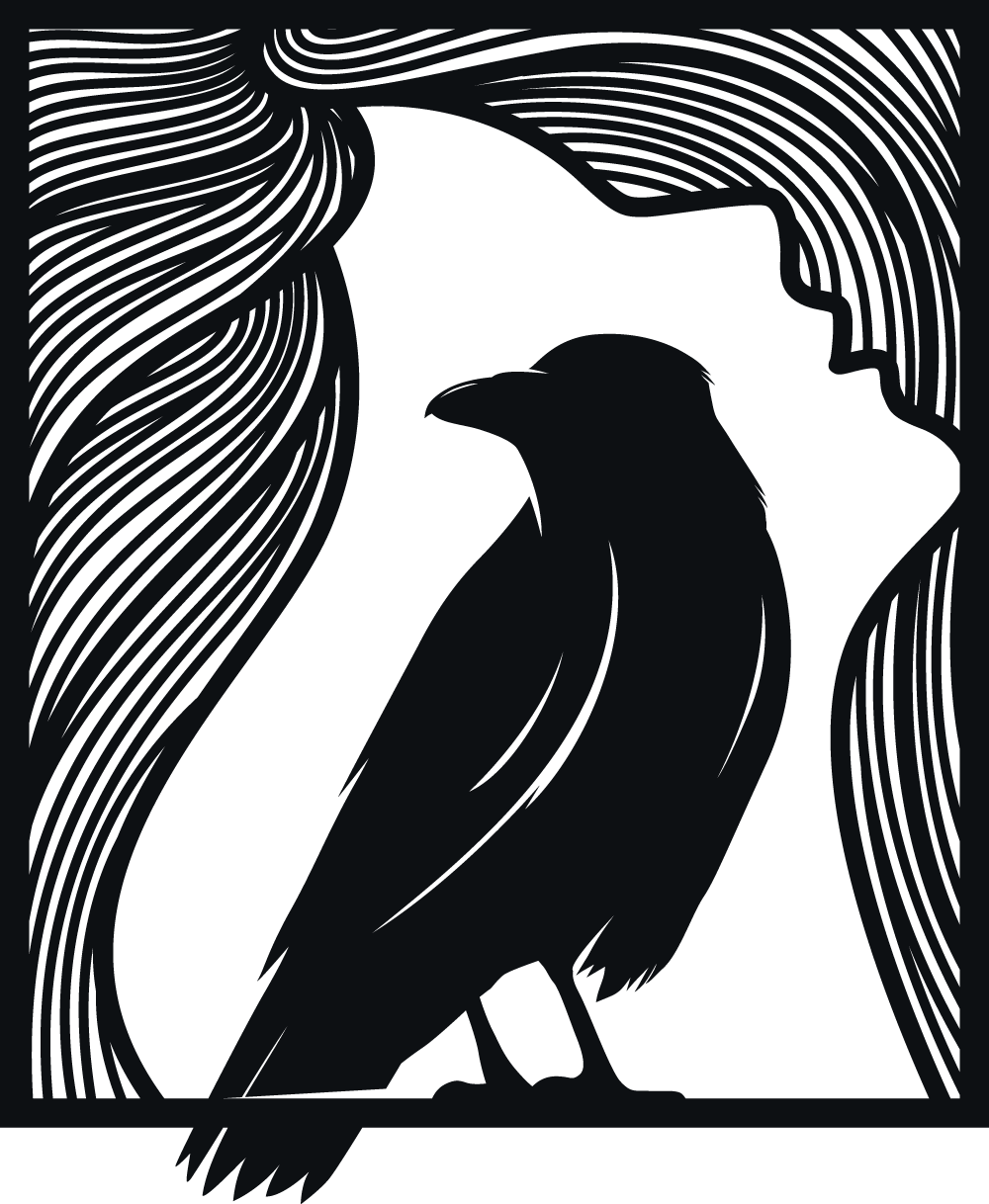
The Magic of Herbal Medicine: From Ancient Wisdom to Modern Day
Long before there were pharmacies on every corner, our ancestors looked to nature for healing. Herbal medicine isn't just about brewing tea from plants - it's a rich tradition that weaves together healing, spirituality, and a deep connection to the natural world.
The Ancient Art of Herbal Healing
Every culture around the world has its own story of herbal medicine. Even animals instinctively know about nature's pharmacy - watch a dog munching on grass when their stomach is upset, and you're seeing this ancient wisdom in action! Many of today's modern medicines come from these age-old plant remedies. Take aspirin, for example - it comes from willow bark, which wise women and healers used for centuries to ease pain.
Witchcraft, Wise Women, and Herbal Wisdom In medieval times
The most knowledgeable healers were often women who lived on the edges of villages. These wise women knew not just which herbs could heal, but also the sacred ways of gathering and using them. They understood that plants weren't just medicine - they were living beings with their own spirits and powers.
Herb gathering wasn't as simple as picking flowers - it was a sacred ritual. These healers would:
- Gather herbs under specific phases of the moon
- Speak to the plants, asking permission before harvesting
- Leave offerings to thank Mother Earth
- Use special tools for cutting
- Harvest at dawn when gathering healing herbs
- Pick at midnight for more magical purposes, especially under a full moon
Many herbs were believed to have both healing and magical properties:
- Lavender for sleep and protection
- Rosemary for memory and purification
- Sage for cleansing and wisdom
- Mugwort for prophetic dreams and moon magic
- Chamomile for peace and prosperity
The old ways
This deep connection to nature and old ways of healing often got healers into trouble. The medieval Church was especially suspicious of herbal practices that didn't fit with Christian prayers. One bishop wrote that using any prayers except Christian ones while gathering herbs was a sin requiring ten days of fasting! Many healers had to hide their knowledge or blend their practices with Christian prayers to avoid persecution.
Despite persecution, the old wisdom survived. Healers passed their knowledge in secret from mother to daughter, teacher to student. They kept detailed "grimoires" or healing books, recording which plants helped which ailments, when to gather them, and how to prepare them. Some of these books survive today, filled with both practical medicine and magical lore.
The tradition of gathering herbs at night wasn't just about avoiding attention - it connected to deeper magical beliefs. Hecate, the goddess of magic and crossroads, was said to be most powerful at night. Certain herbs were thought to be strongest when picked under a full moon, while others needed the dark of the new moon to reach their full potential.
Modern Witch's Garden Today's herbal healers often maintain this magical connection while embracing modern knowledge. A modern witch's garden might include:
- Healing herbs for teas and tinctures
- Magical herbs for rituals and spellwork
- Sacred spaces for meditation and connection with spirits
- Seasonal plants that mark the turning of the wheel of the year
The Medicine Maker's Art
Making herbal medicine is still seen by many as a sacred art. Modern herbalists often combine traditional wisdom with current knowledge:
- Crafting tinctures under specific moon phases
- Blessing herbs before use
- Creating ritual spaces for medicine making
- Using traditional methods like solar / moon infusion
- Incorporating seasonal celebrations into gathering and preparation
While science now proves what many wise women knew all along about herbs' healing properties, many still honor the magical and spiritual aspects of plant medicine.
What Science Has Discovered
Research institutions worldwide have been studying traditional herbal remedies, often validating what our ancestors knew. Here are some fascinating discoveries from scientific research:
- St. John's Wort: Known to witches and healers as a plant of protection and healing, research published in the Cochrane Database of Systematic Reviews suggests it can be effective for mild to moderate depression
- Lavender: Multiple studies, including research by Kasper et al. (2010), have shown lavender oil can reduce anxiety and improve sleep quality
- Echinacea: Research indicates it may help reduce the duration of cold symptoms
- Turmeric: Studies have demonstrated its anti-inflammatory properties
- Sage: Research suggests memory-enhancing properties, supporting its traditional use for mental clarity
From Folk Medicine to Modern Treatment
Many traditional remedies have led to important modern medicines:
- The heart medication digitalis came from foxglove
- Aspirin was developed based on willow bark's pain-relieving properties
- Cancer drug Taxol originated from the Pacific Yew tree
- Artemisinin, a malaria treatment, was developed from traditional Chinese medicine
The Power of Traditional Knowledge
Modern research continues to validate many traditional preparation methods:
- Full moon harvesting: Some studies suggest alkaloid levels in certain plants vary with lunar phases
- Dawn gathering: Research has shown some plants have higher active compound levels at specific times of day
- Traditional preservation methods often prove ideal for maintaining plant potency
A Growing Field of Study Major research institutions continue to investigate herbal medicines:
- Universities worldwide conduct clinical trials on traditional remedies
- The World Health Organization supports research into traditional medicine
- Major medical centers study the integration of herbal treatments
This blend of ancient wisdom and modern research shows how traditional knowledge and scientific understanding can complement each other, creating a fuller picture of herbal medicine's potential.

